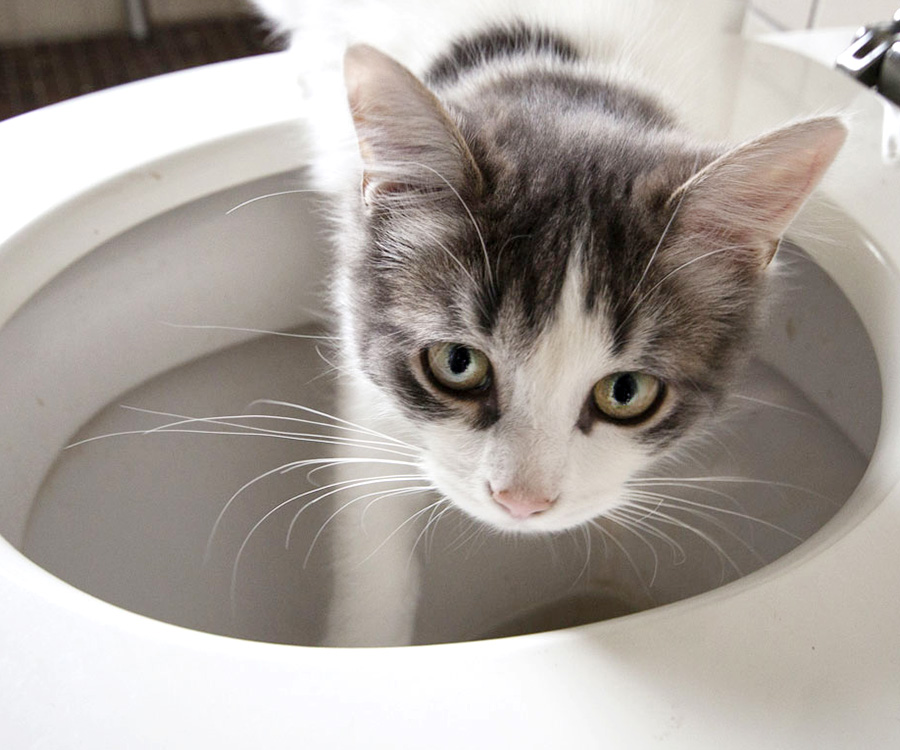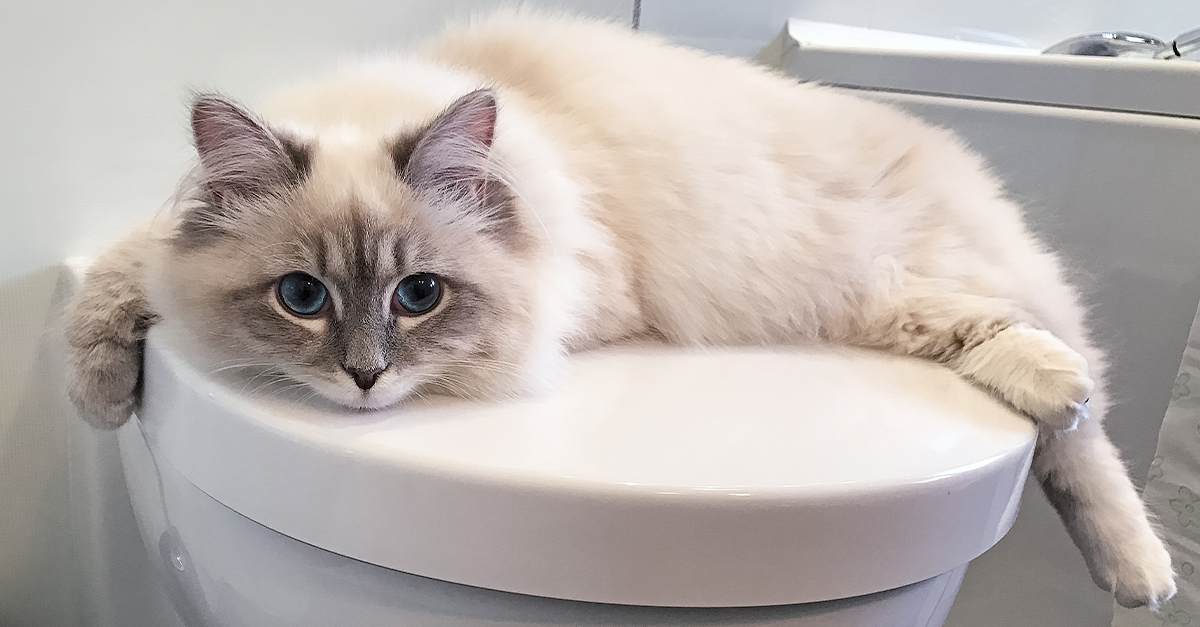We've stumbled upon this article relating to Can You Flush Cat Poo or Litter Down the Toilet? listed below on the web and believe it made sense to talk about it with you over here.

Intro
As pet cat proprietors, it's vital to bear in mind exactly how we dispose of our feline friends' waste. While it might appear hassle-free to purge feline poop down the toilet, this technique can have destructive repercussions for both the environment and human health.
Alternatives to Flushing
Thankfully, there are more secure and a lot more responsible methods to get rid of cat poop. Take into consideration the following choices:
1. Scoop and Dispose in Trash
The most usual technique of dealing with pet cat poop is to scoop it into a naturally degradable bag and throw it in the garbage. Be sure to utilize a committed litter inside story and dispose of the waste immediately.
2. Usage Biodegradable Litter
Opt for naturally degradable pet cat litter made from materials such as corn or wheat. These clutters are eco-friendly and can be safely thrown away in the garbage.
3. Hide in the Yard
If you have a backyard, consider burying cat waste in a designated area far from veggie yards and water resources. Make sure to dig deep sufficient to avoid contamination of groundwater.
4. Set Up a Pet Waste Disposal System
Purchase a family pet waste disposal system particularly developed for feline waste. These systems utilize enzymes to break down the waste, decreasing odor and ecological influence.
Health and wellness Risks
In addition to environmental problems, purging feline waste can also posture health and wellness dangers to humans. Pet cat feces might contain Toxoplasma gondii, a bloodsucker that can trigger toxoplasmosis-- a potentially serious illness, specifically for expecting females and people with damaged immune systems.
Ecological Impact
Flushing cat poop presents dangerous virus and bloodsuckers into the supply of water, posturing a substantial risk to water ecosystems. These contaminants can negatively influence marine life and concession water top quality.
Final thought
Responsible animal ownership extends beyond giving food and sanctuary-- it additionally involves appropriate waste management. By refraining from flushing feline poop down the toilet and choosing alternate disposal techniques, we can lessen our environmental footprint and secure human wellness.
Why Can’t I Flush Cat Poop?
It Spreads a Parasite
Cats are frequently infected with a parasite called toxoplasma gondii. The parasite causes an infection called toxoplasmosis. It is usually harmless to cats. The parasite only uses cat poop as a host for its eggs. Otherwise, the cat’s immune system usually keeps the infection at low enough levels to maintain its own health. But it does not stop the develop of eggs. These eggs are tiny and surprisingly tough. They may survive for a year before they begin to grow. But that’s the problem.
Our wastewater system is not designed to deal with toxoplasmosis eggs. Instead, most eggs will flush from your toilet into sewers and wastewater management plants. After the sewage is treated for many other harmful things in it, it is typically released into local rivers, lakes, or oceans. Here, the toxoplasmosis eggs can find new hosts, including starfish, crabs, otters, and many other wildlife. For many, this is a significant risk to their health. Toxoplasmosis can also end up infecting water sources that are important for agriculture, which means our deer, pigs, and sheep can get infected too.
Is There Risk to Humans?
There can be a risk to human life from flushing cat poop down the toilet. If you do so, the parasites from your cat’s poop can end up in shellfish, game animals, or livestock. If this meat is then served raw or undercooked, the people who eat it can get sick.
In fact, according to the CDC, 40 million people in the United States are infected with toxoplasma gondii. They get it from exposure to infected seafood, or from some kind of cat poop contamination, like drinking from a stream that is contaminated or touching anything that has come into contact with cat poop. That includes just cleaning a cat litter box.
Most people who get infected with these parasites will not develop any symptoms. However, for pregnant women or for those with compromised immune systems, the parasite can cause severe health problems.
How to Handle Cat Poop
The best way to handle cat poop is actually to clean the box more often. The eggs that the parasite sheds will not become active until one to five days after the cat poops. That means that if you clean daily, you’re much less likely to come into direct contact with infectious eggs.
That said, always dispose of cat poop in the garbage and not down the toilet. Wash your hands before and after you clean the litter box, and bring the bag of poop right outside to your garbage bins.
https://trenchlesssolutionsusa.com/why-cant-i-flush-cat-poop/

As a fervent person who reads about Can You Flush Cat Poo or Litter Down the Toilet?, I imagined sharing that excerpt was sensible. You should take the time to share this page if you appreciated it. We love reading our article about How to Dispose of Cat Poop and Litter Without Plastic Bags.
Schedule Your Job Now